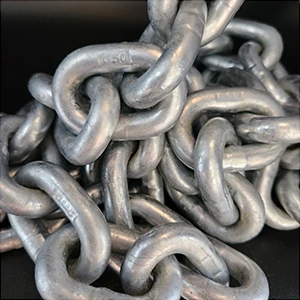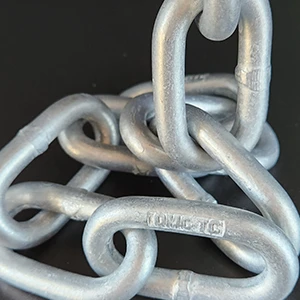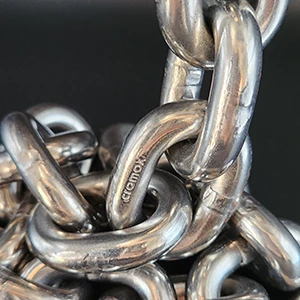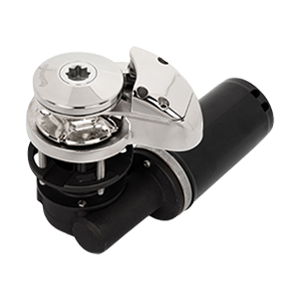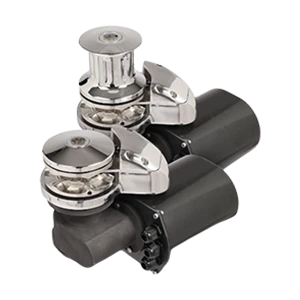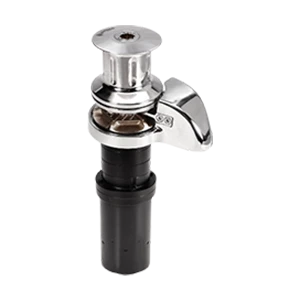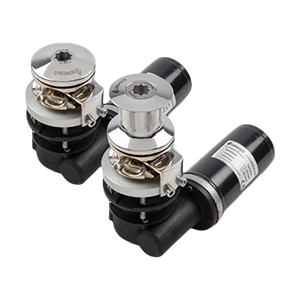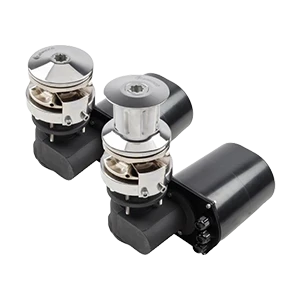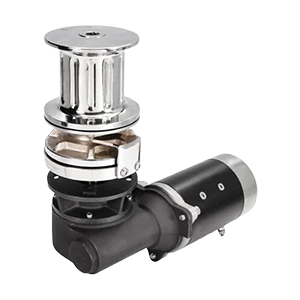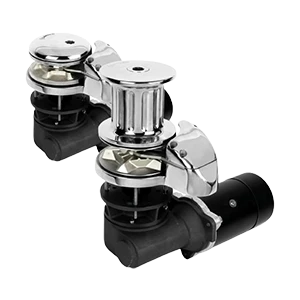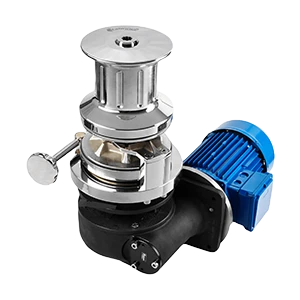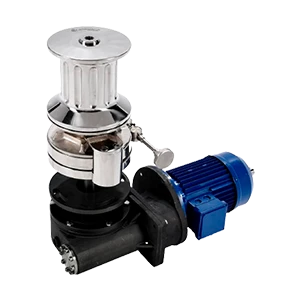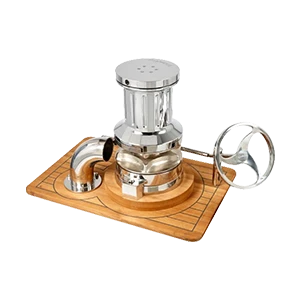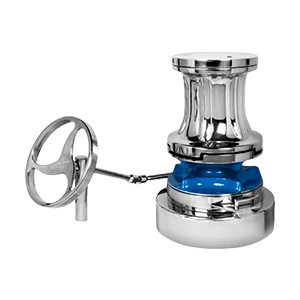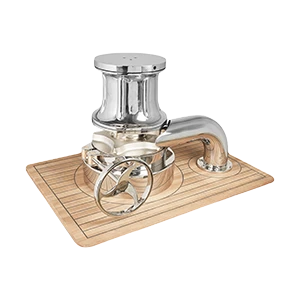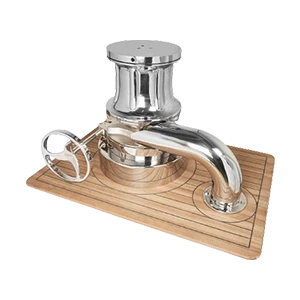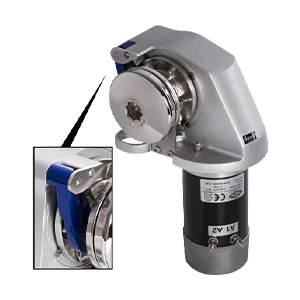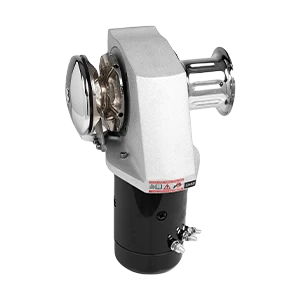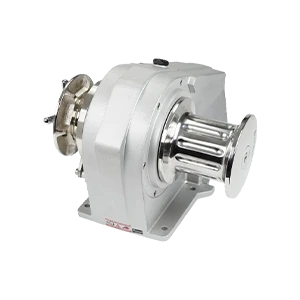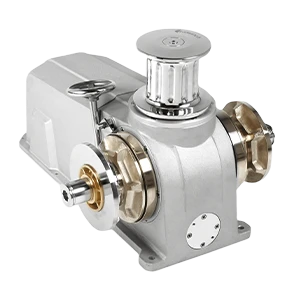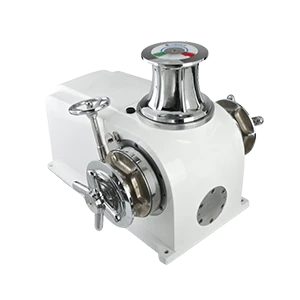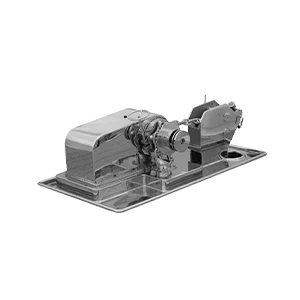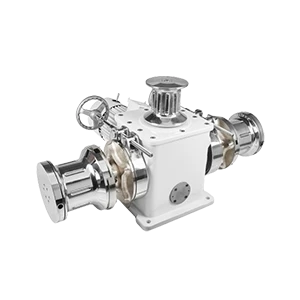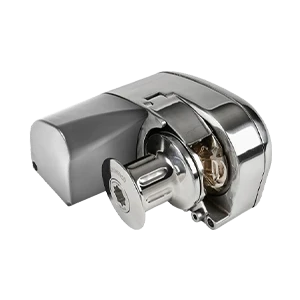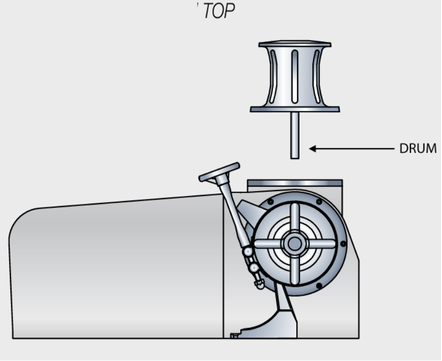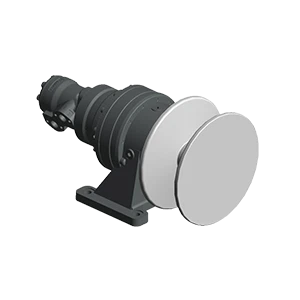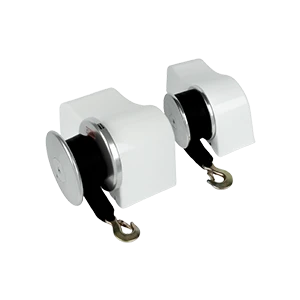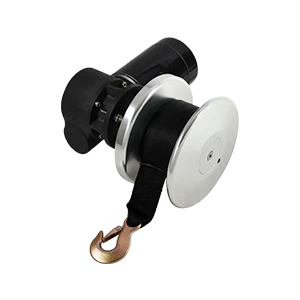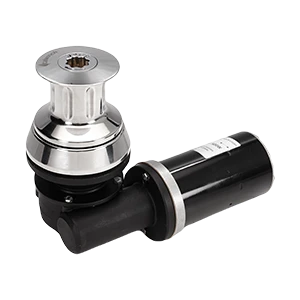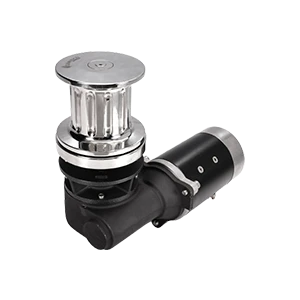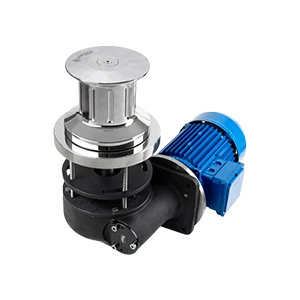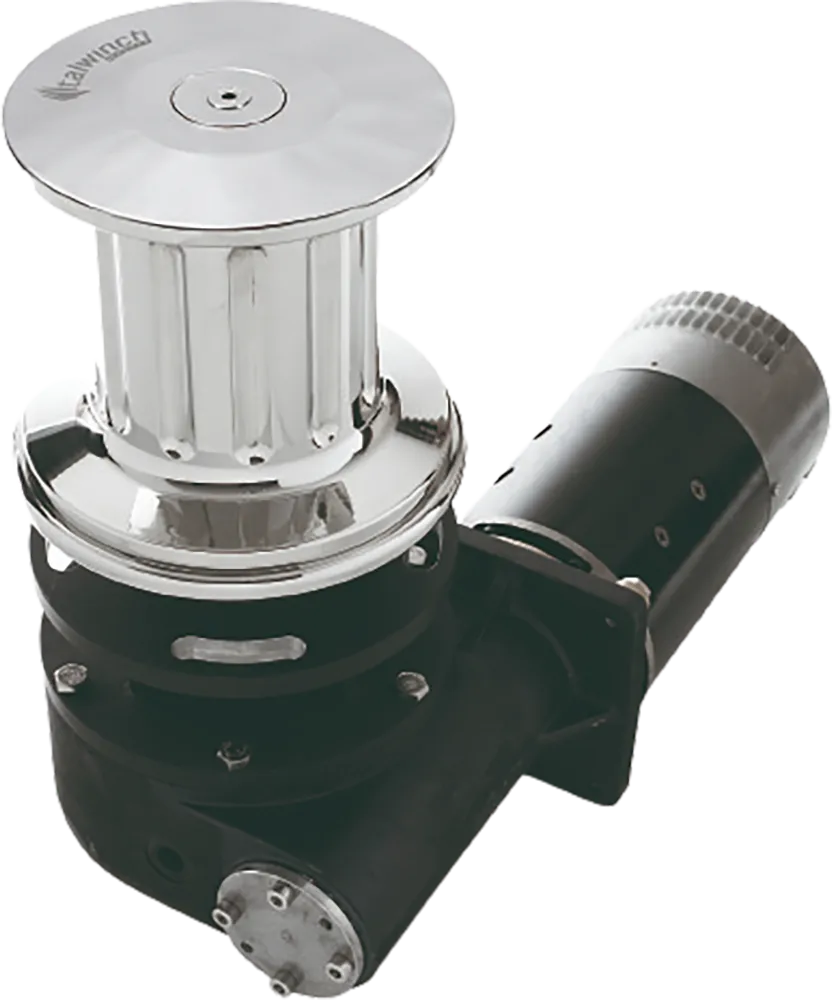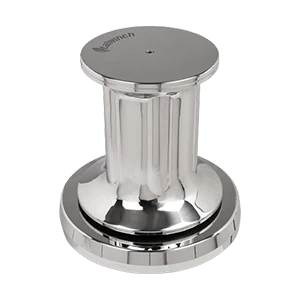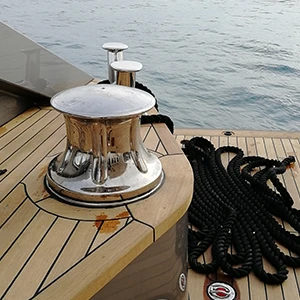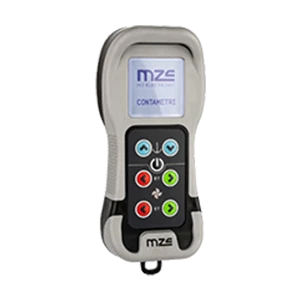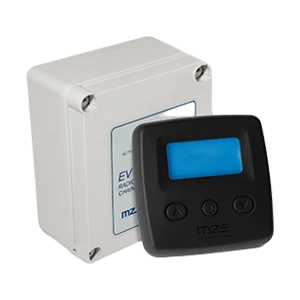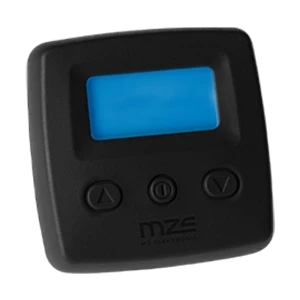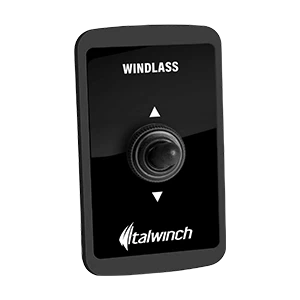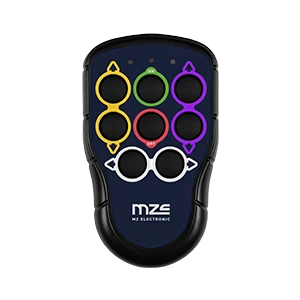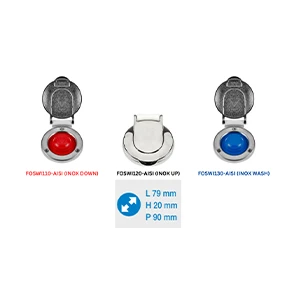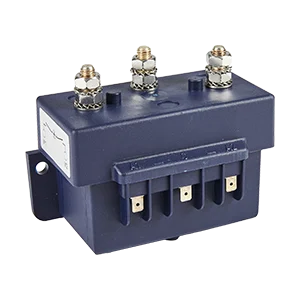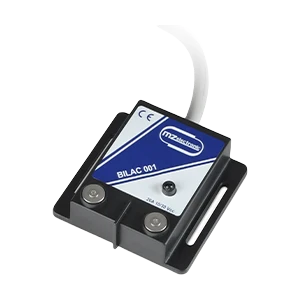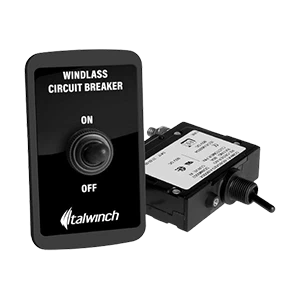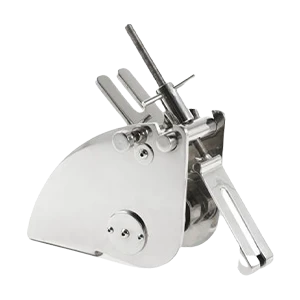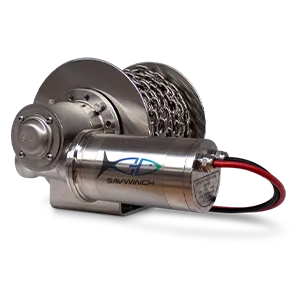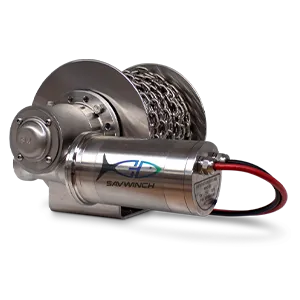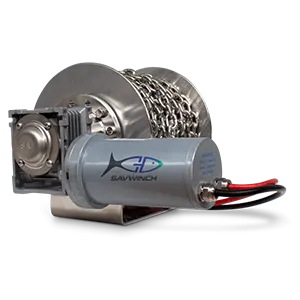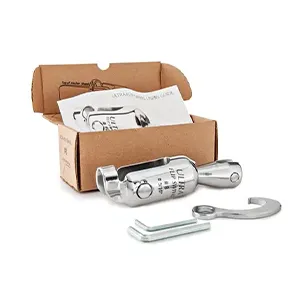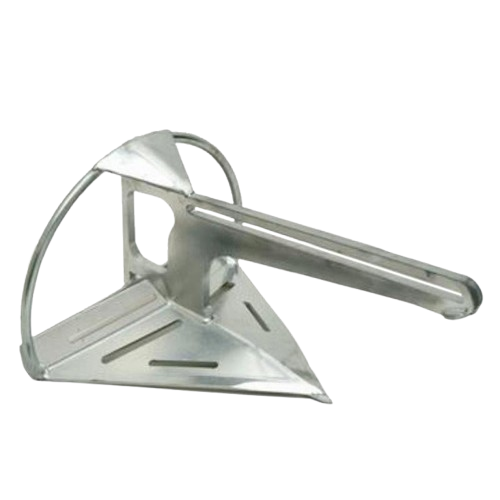Care and Storage Tips for OMC G43 Galvanised Anchor Chain
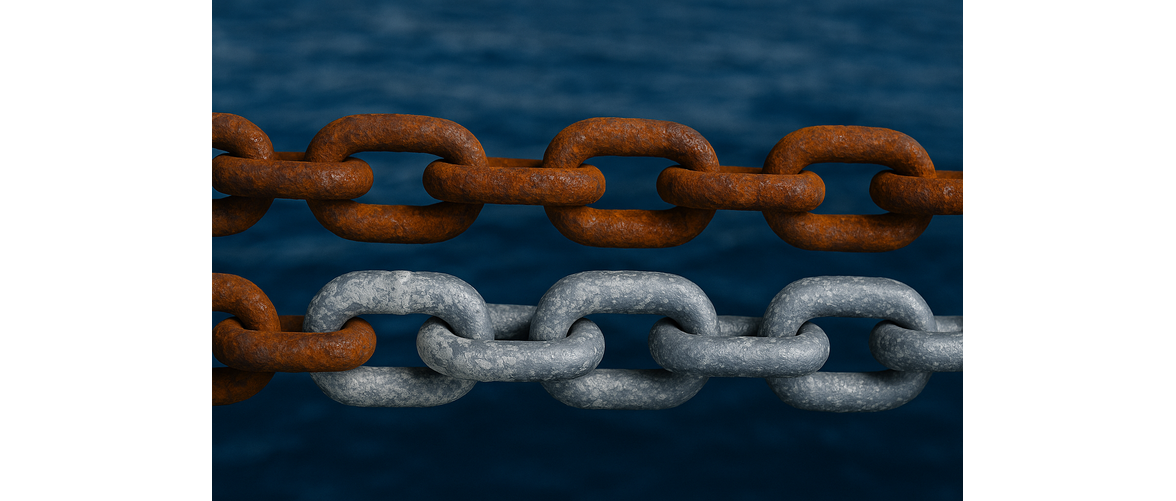
When it comes to marine equipment, your anchor chain is one of the most critical components on board. The OMC G43 galvanised anchor chain, is built for strength and durability, but like any piece of gear, it needs proper care to maintain its performance—especially when exposed to harsh marine environments
In this post, we’ll walk you through how to care for and store your OMC G43 galvanized anchor chain to ensure maximum longevity and resistance to corrosion, keeping your boat anchor chain in top condition.
Caring for New Galvanised Chain
Newly galvanised OMC G43 marine chain features a bright, shiny outer layer of pure zinc. While this layer looks great, unlike stainless steel anchor chain, it is relatively soft when first applied and needs time to harden into a durable protective coating.
✔️ Initial Conditioning Process:
To help your new gal chain build a strong, corrosion-resistant surface, we recommend these steps:
Wash the anchor chain with fresh water immediately after purchase.
Allow it to dry thoroughly in a well-ventilated area.
Repeat this rinse-and-dry cycle at least twice more.
This process promotes the formation of a zinc carbonate layer, also known as a patina—a hard, dull-grey surface that protects the marine anchor chain from corrosion and wear. The better this patina forms, the longer your anchor chain will last.
Routine Maintenance After Use
To maintain the integrity of your galvanised coating, it’s crucial to clean and dry your OMC G43 marine chain after every outing in saltwater:
Rinse thoroughly with fresh water after each use to remove salt and debris.
Dry completely in a well-ventilated space to prevent moisture buildup.
Always store the boat chain dry, as moisture is the enemy of galvanised steel.
Why Proper Drying Matters
Understanding the science behind galvanising explains why drying is so critical for the life of your chain:
When zinc gets wet, it turns into zinc hydroxide—a soft, porous, and weak compound.
If left wet, this zinc hydroxide can rub off, exposing the underlying steel.
However, when the chain dries completely, the zinc hydroxide converts into zinc carbonate, forming that vital patina.
Without sufficient dry time, your galvanised chain may develop white rust (also known as wet storage stain)—a clear sign of inadequate drying and ventilation, which can compromise the longevity of even the best certified anchor chain.
Storage Tips for Long-Term Durability
Even the toughest chain needs the right storage environment. Here’s how to store your OMC G43 galvanised anchor chain to preserve its protective coating:
✅ Best Practices:
Store in a well-ventilated area to avoid trapped moisture.
Rinse the chain with fresh water before storage.
Use plastic grating or platforms to keep the marine anchor chain elevated and dry.
Regularly open the Chain Locker Hatch to allow sun and fresh air to fully dry the anchor and chain.
Inspect for any mechanical damage—if bare steel is visible, apply cold galvanising spray to protect it from corrosion.
Final Thoughts
The OMC G43 galvanised anchor chain is engineered for reliability in marine conditions, but it needs your help to stand the test of time. A few simple steps—especially during the chain’s first few months—can mean the difference between long-term performance and premature wear.
By understanding how galvanising works and ensuring your boat anchor chain is properly washed, dried, and stored, you’re setting yourself up for smooth sailing with a marine chain that’s built to last.

